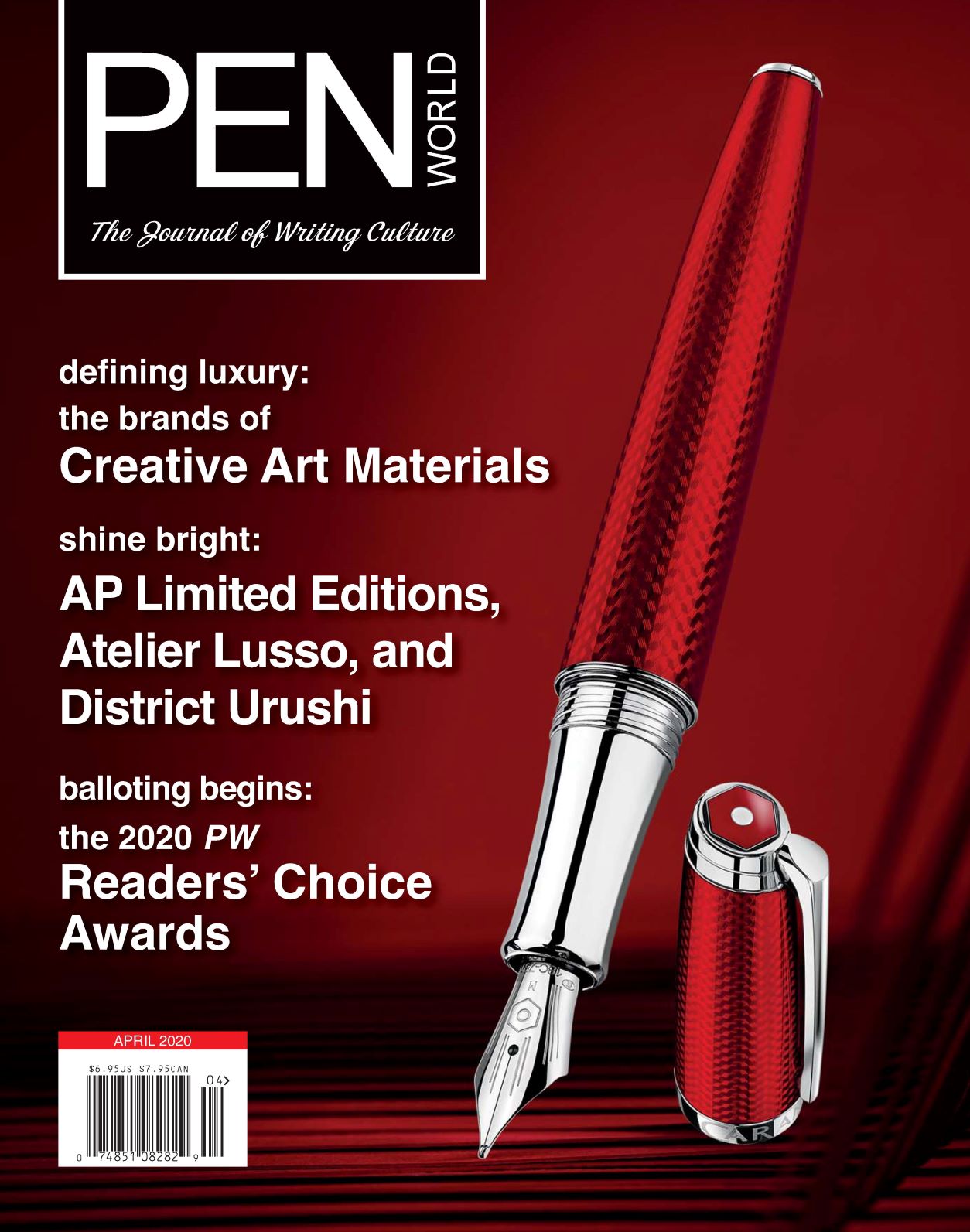
Pen World – there is only one God in the world of niche lifestyle magazines that deal with writing instruments and Nicky Pessaroff is His prophet. For the last three decades, the Pen World has highlighted the finer nuances of writing, featuring everything pens – new and vintage at all price points, fine papers, inks and accessories. It has successfully weathered the digital storm – tsunami if you may – and has, kept the petard of the pen flying high, despite odds that have literally been insurmountable. The Pen World Awards are the industry standard – the Oscars and the Grammys rolled into one – and mark the annual high points that craftsmen vie to surpass and connoisseurs raise their toasts to. Inked Happiness caught up with the Editor per excellence and the ink flowed unhindered. Excerpts:
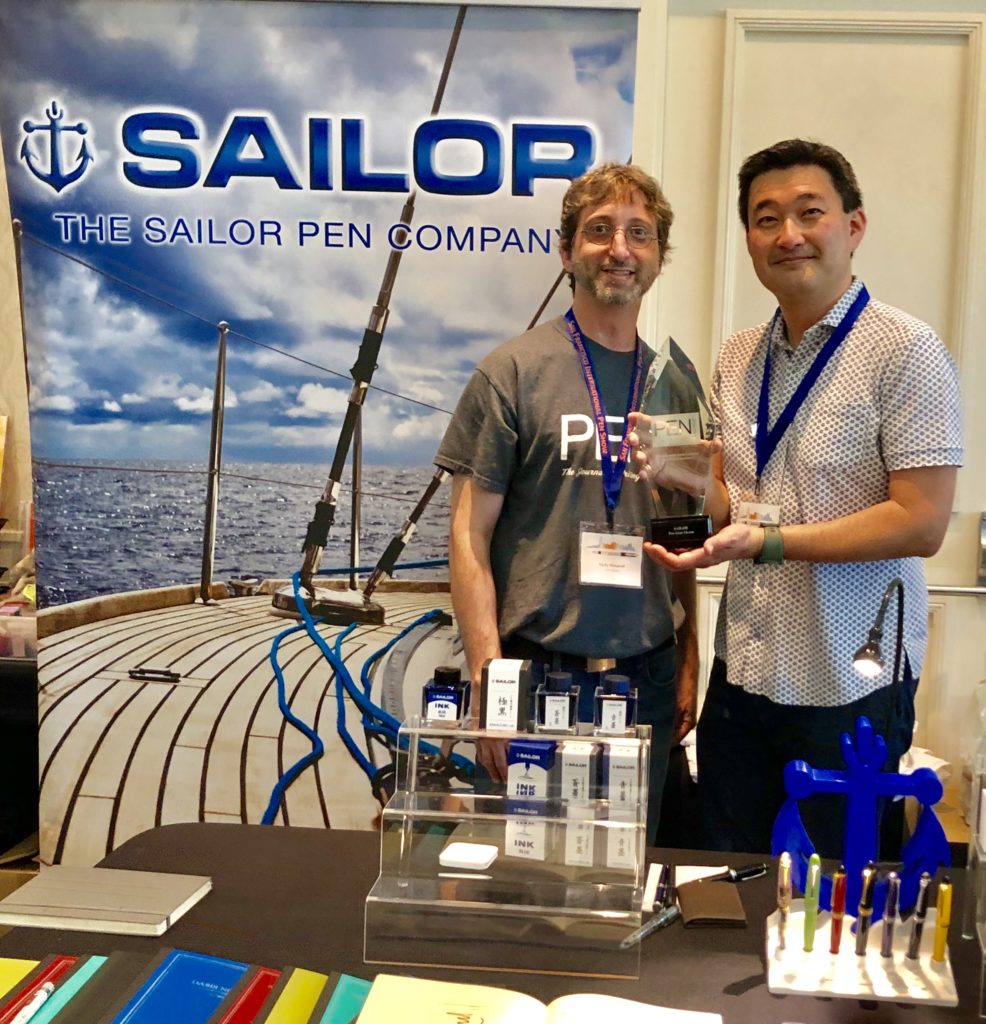
Inked Happiness: How long has the Pen World been in circulation? What had promoted you to start such a niche offering? In these days of the digitally decimated print media, how do you look at the future?
Nicky Pessaroff, Editor, Pen World: Pen World was started in 1987 by a knowledgeable pen collector who saw a need for a luxury lifestyle print magazine that specialized in fountain pens. PW has remained in print ever since, and we take pride in our production values. Many pen collectors still have the earliest Pen World magazines ever printed, and the condition of the magazines remains excellent.
My relationship with Pen World began in 2001 when I graduated from college and I became an editorial assistant. I’ve pursued a career in journalism and creative writing ever since, and I’ve been associated with PW in some way my entire adult life. I took over in 2016 when long-time editor and my mentor Laura Chandler stepped down. It was a full circle moment: coming back to the magazine that started my career, this time as editor-in-chief. It’s still surreal to me that I have nominal charge over this magazine. It’s a great privilege and an enormous responsibility.
Any editor who tells you they are not nervous about the future of print media is putting on a brave face. The move toward digital is inexorable, which is great in a lot of ways, but the ability to access information more-or-less immediately through digital means has changed the game forever.
Print magazines have always relied on advertising to maintain a profit. But with the rise of digital advertising, much of the marketing focus has gone that way.
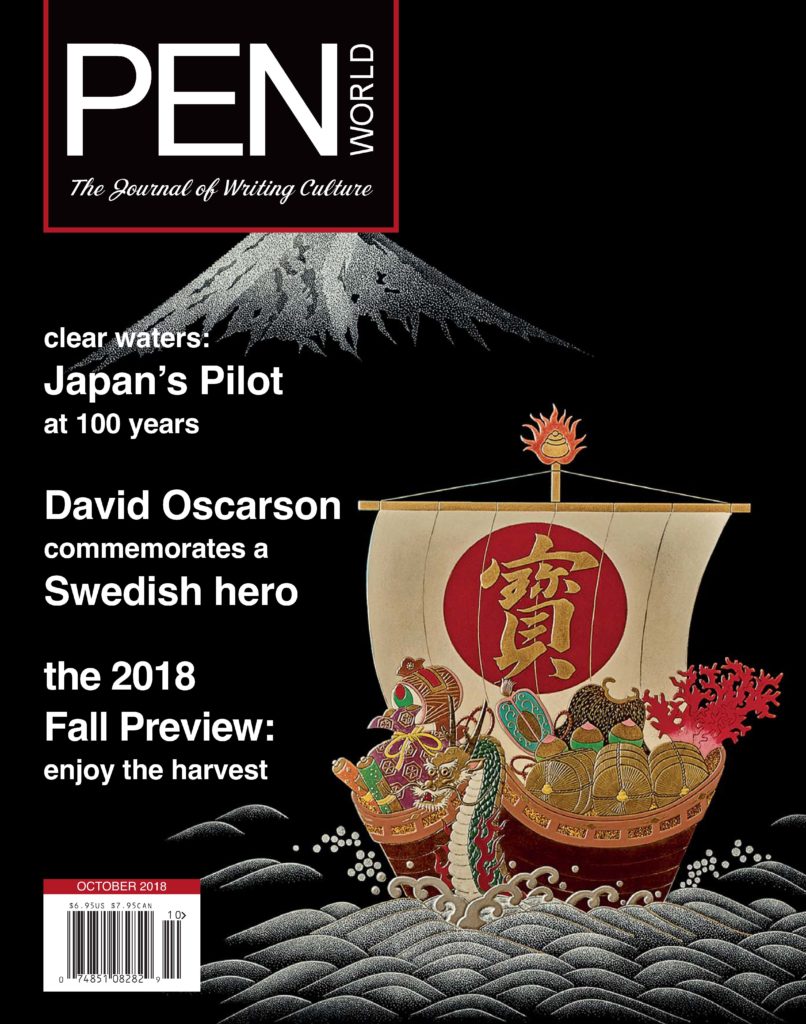
PW is in a fortunate position because we are so niche. We are the only English-language, subscription-based magazine about handwriting culture. Brands can reach some of their intended audience with ads in, say, Forbes and Fortune, but there is no magazine that so directly reaches a pen brand’s intended audience. PW is the only magazine I can think of where people pay almost as much attention to the ads as to the reporting.
That being said, my focus over the past four years has been growing our subscriber base. We’ve targeted millennial customers and have seen our subscription rates grow exponentially in that demographic group. We’ve concentrated on ancillary interests more, like ink, paper, and desk accessories.
I’ve also changed just slightly the focus of the magazine. Although I’ve always been a journalist, my background is in creative writing. I love language, communication, words.
PW needed to change its format with the times. There are so many great bloggers out there these days, and the nature of their business is just faster than the production schedule of a print magazine. It used to be that, if you wanted a review of a pen that involved testing its writing qualities, PW was the only game in town. Today, bloggers do an exceptional job in testing pens and disseminating that information. So rather than compete with them, I’ve employed them as contributing writers, and the results have been fantastic.
When I took over, some people told me that the writing style should shift to the blurby, casual nature of digital reporting. Forget that. My focus is on long-form storytelling. I expanded our cover articles from four pages to five or six pages, which allows us to tell a much more robust story both visually and editorially. We tell the story behind the story, the “why” and the “how.” That, to me, is far more interesting an article than “The 10 Best Pens for Your Dad”.
In order for PW to remain relevant, the way we told stories had to change visually as well. In fact, I hate the term “niche luxury magazine;” it makes us sound like a catalog, like SkyMall. I think of PW as a niche art and lifestyle magazine. I want to see my reader’s magazines on coffee tables, not in desk drawers or in a pile of magazines in the bathroom. I want each issue to be a collector’s item, something that is savored, appreciated, and then savored and appreciated again. Fountain pens are beautiful. Pen World must be beautiful. I think you can see that change in our covers, which seem to reach new levels of depth and beauty with each issue.
Fountain pens are niche, but the desire to create is universal, so that’s my focus.
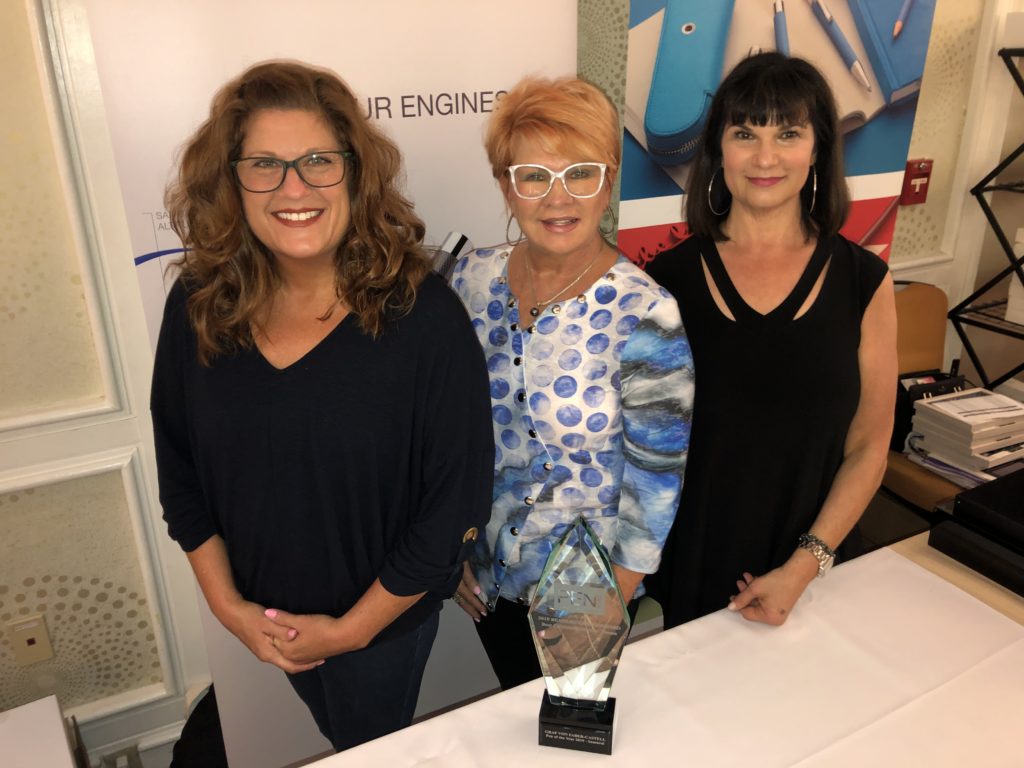
Inked Happiness: From your vantage point, do you see the fountain pens making a comeback? Is the growth curve just a flash in the pan? Or is it following the notion of going retro as a knee-jerk reaction to the digital overkill, with the young picking up the fountain pen as a means of protest against what many feels to be a digitally damned existence?
Nicky Pessaroff, Editor, Pen World : I’m not terribly surprised by the resiliency of fine writing instruments—not just fountain pens but also high-performing ballpoints and art markers, boutique paper, and inks. Will it ever be like the 1930s again? Of course not. But will people always want a quality writing experience? Absolutely. Indeed, I don’t think about just fountain pens but all of handwriting culture, and in that regard, the industry will be just fine.
Poetry didn’t disappear when Cervantes wrote Don Quixote. Film didn’t disappear when television came on the scene. The same is true of writing instruments.
It’s the furthest thing from a knee-jerk reaction. The high of digital communication is coming to an end, and civilization is suffering the inherent hangover that comes with partying too hard. We’ve focused so much on what digital communication can do, we’re now witnessing a course correction, I believe.
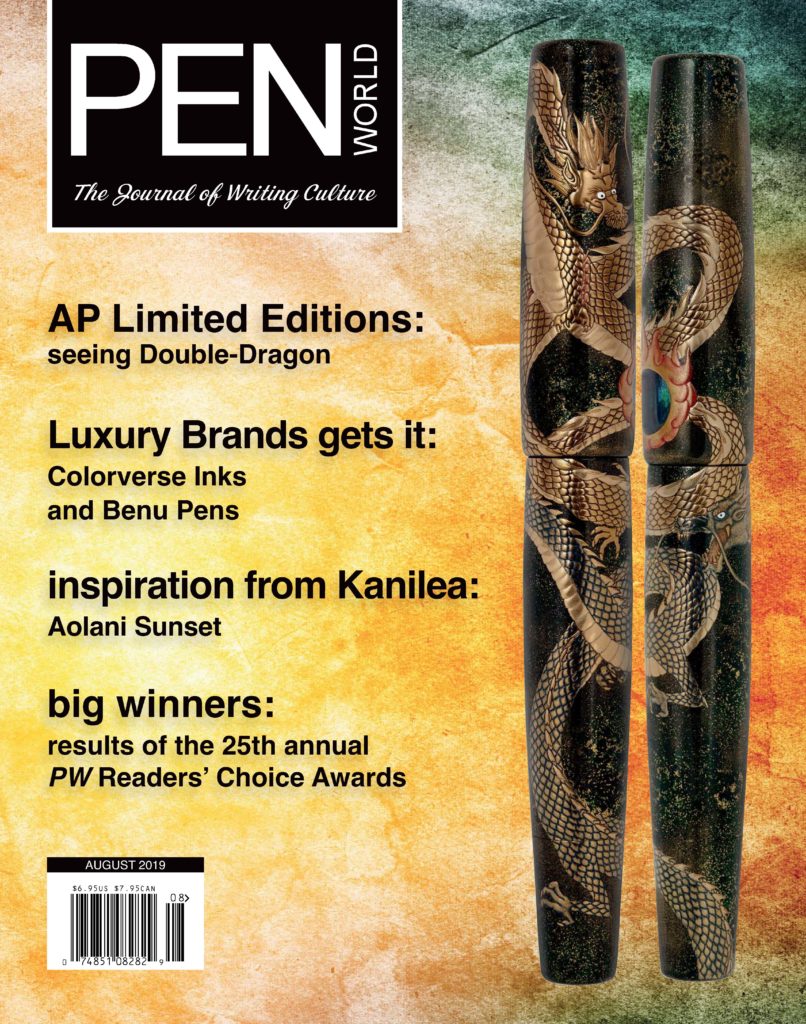
The knee-jerk reaction was the way in which we focused all our communication onto digital multimedia, as if “new” is inherently “better.” It’s not better, it’s just different. If current circumstances have taught us anything, it’s that digital connection is a poor substitute for human connection, whether that’s an intimate conversation or an intimate, handwritten letter.
There’s also the question of quality. I grew up on disposable BICs. I’m a lefty, and I stopped even writing in cursive after grade school. Looking back, I feel almost cheated. In Germany, for example, all students learn handwriting with a fountain pen. Who knows what my handwriting would be like today if I learned to write with a fountain pen and wet ink rather than the sticky mess of a disposable ink stick?
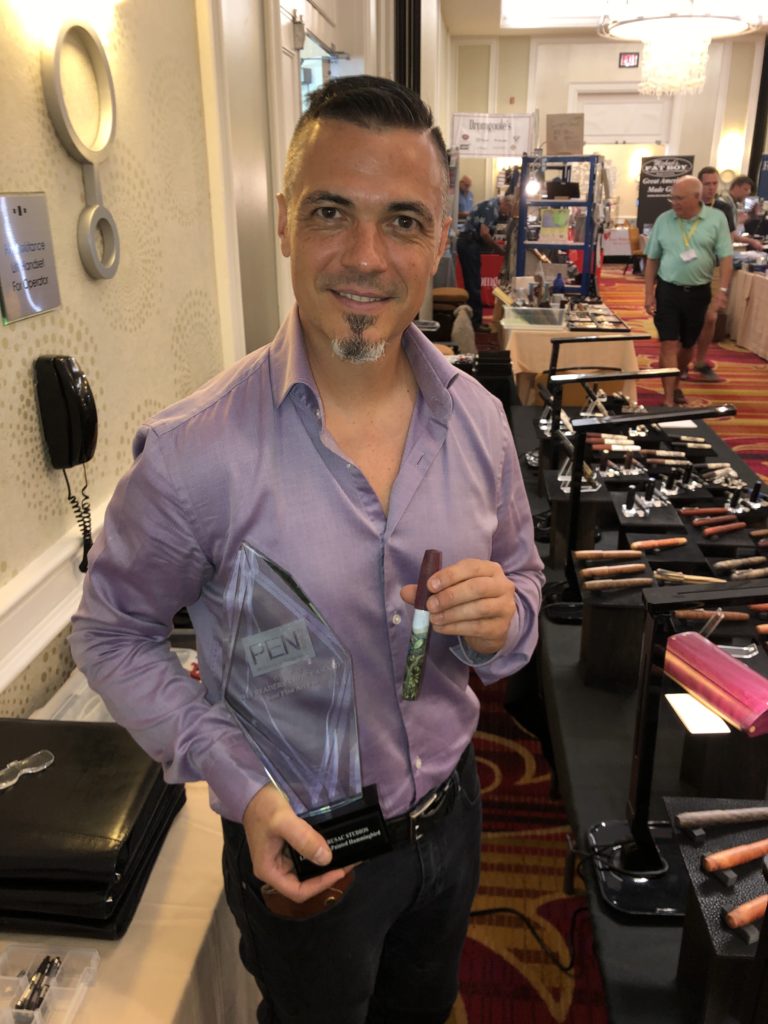
Inked Happiness: Why and why did you start the “Pen World Reader’s Choice Awards”? What are the key features of these awards? What does it mean to be selected a winner in any of the categories? How representative of the writing instruments industry are the awards?
Nicky Pessaroff, Editor, Pen World : The Readers’ Choice Awards were begun in 1995 because, while there were awards for industrial design overall, there was no specific award for a well-designed fountain pen. It started with four categories, and it has grown to encompass 12 distinct categories today. To be eligible, the pen must have appeared either in editorial or advertising coverage for the first time in the last calendar year. So for example, the nominated writing instruments for 2020 appeared for the first time in PW sometime within our February 2019 and December 2019 issues.
Companies and brands love the award program because it’s such unique and specific publicity. The key feature is the “readers’ choice” part: the fact that PW readers vote for their favorite pens of the year.
It’s a big deal for a brand when it wins. Kanilea Pen Co. is a prime example. It’s a mom-and-pop brand based out of Washington D.C., and it finds inspiration in Hawaiian culture. The brand was only founded in 2016, and the first year it was eligible (2018), it won the RCA for “Best Artisan Pen” and then repeated that win last year. Now, Kanilea is our June cover story because the brand’s popularity keeps growing. The major reason for that is because Hugh and Karol Scher create a quality product, but I like to believe that the publicity in PW and those RCA wins helped a little.
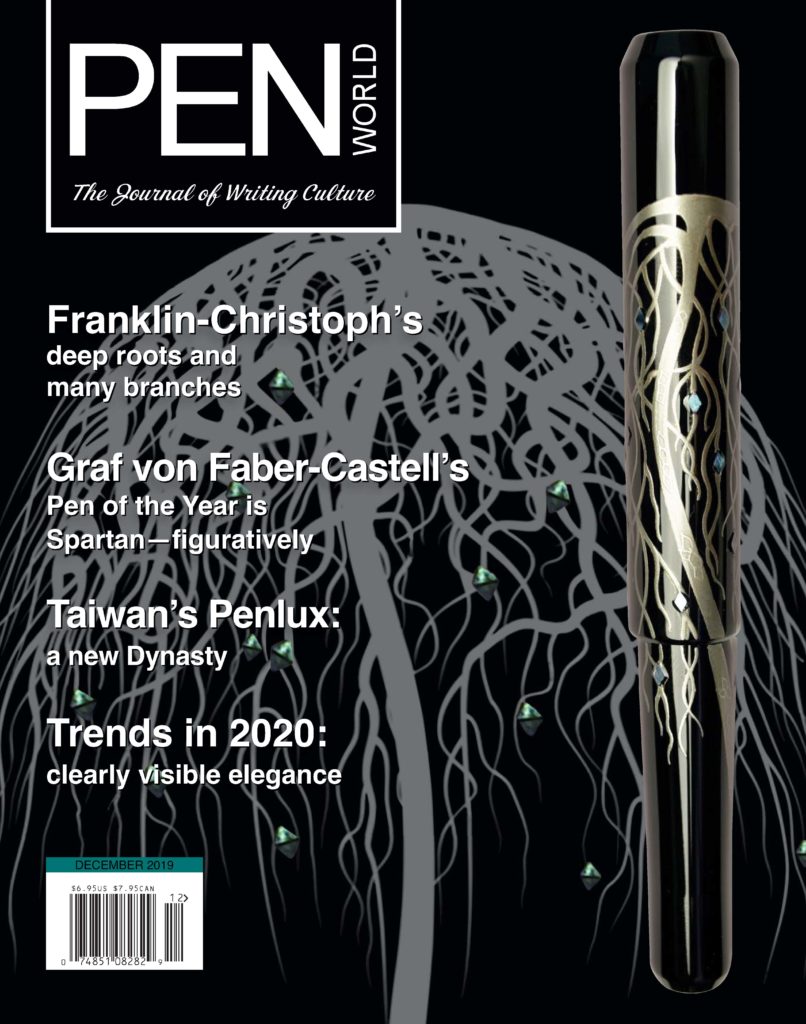
December 2019 Cover: featuring Franklin-Christoph Model 40 Diamond Tree limited edition maki-e fountain pen
It’s almost as big a deal just to be nominated. The PW staff painstakingly selects only five pens for each category, and there are dozens of pens with potential eligibility. It’s a big deal and a big pain on the editorial side—just ask my wife about my mood when RCA time rolls around each year—but it’s all worth it when I see the difference it makes for these brands, the pride they take in their nomination.
Over the past three years, we’ve worked hard to make the awards more representational of the current market. My main focus has been on making voting more secure—additional steps to avoid ballot stuffing. Last year, for the first time, balloting was only open to current PW subscribers. In spite of that, we received more ballots in 2019 than in any other year—a testament to our growing subscriber base as well!
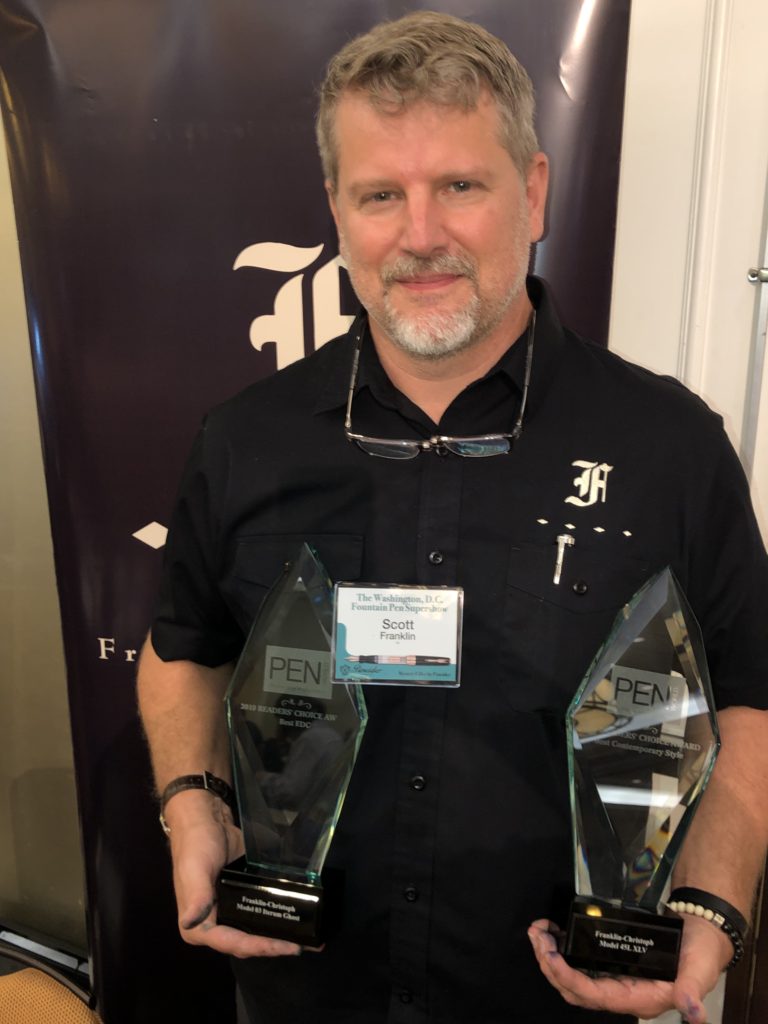
Inked Happiness: Under what categories were the awards given out this year / last year? How are the participating entries chosen? Who were the winners? Who are the major contenders for the current /next year?
Nicky Pessaroff, Editor, Pen World : We have 12 categories, and the big one is “Pen of the Year,” the single most exceptional fountain pen according to our readers. We also have categories for writing quality, metal mastery, maki-e and urushi application, non-fountain pens, artisan pen makers, industrial pen makers, contemporary styling, fine art application, and cultural appreciation.
The winners are always varied. Japan’s Sailor has dominated the “writing quality” category for the past two years, and Germany’s Pelikan took home Pen of the Year in 2018 for the Statue of Zeus limited edition fountain pen and in 2019 for its Maki-e Peacock limited edition pen. Franklin-Christoph, based here in the United States, won two awards in 2019. Thailand’s Laban was recognized for its fine metal work.
The “Best Fine Art” award in 2019 was emblematic of the current state of the RCAs—a tie that sums up the two foci. One winner was Japan’s Pilot for its Seven Gods of Good Fortune maki-e fountain pen collection. Obviously, Pilot is one of the most renowned pen brands in the world. But the other winner was a U.S. artisan pen maker, Ryan Krusac, for his hand-painted Ryan Krusac Studios Legend L-15 Hummingbird, featuring an Audobon-style illustration of a hummingbird in flight on the cap. It’s so satisfying when you see both the big brands and the little guys getting the credit they deserve.
The 2020 RCA nominees were announced in the April issue, and balloting is open to all subscribers until June 15, including international subscribers. The companies and brands represented are as varied as ever. It’s hard to handicap these awards, though. I’m always surprised by the results in at least a couple categories.
You can find more information at penworld.com or on our Instagram page (@penworldmagazine). We have thumbnail images of each nominated pen for you to see. If you want to vote yourself, you can, even if you’re international. All you need to do is subscribe, and we just happen to have a 10% discount on subscriptions until June 1. Also, international voters are the only category who can fax in a ballot—all other ballots must be mailed. So there’s still a chance for you to make your opinion heard!
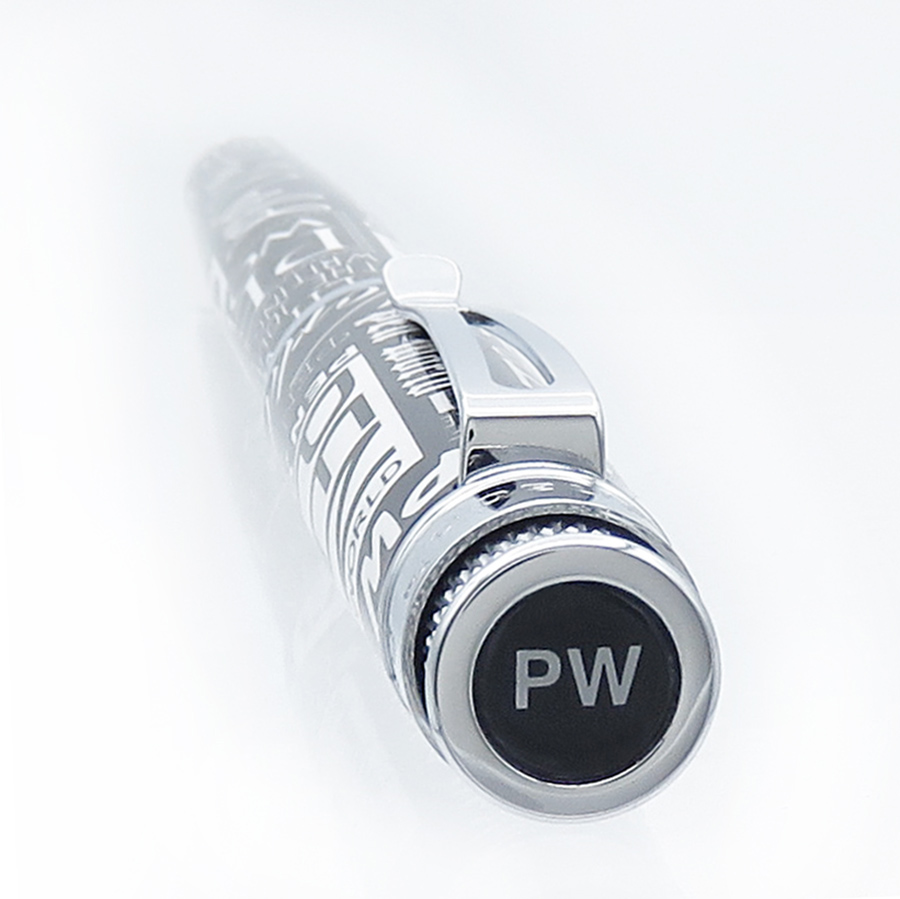
Inked Happiness: What do you personally feel about fountain pens made in India? Have they ever made it to your list of finalists? If no, then what may be the reasons for their failing to make a mark? As the Editor of Pen World, what would be your advice to the Fountain Pen turners / makers in India?
Nicky Pessaroff, Editor, Pen World : Another of my goals as editor has been to break into the burgeoning pen markets, and top of my list is South Asia. I don’t think people realize just how important India is to the writing instrument industry. A number of very well-known U.S. and European pen brands have sourced their parts from India for decades now.
Probably the biggest brand out of India right now is an ink brand, Krishna Inks. The vibrant colors are very popular, and it seems like the brand’s reputation in North America is growing. There are also a few artisan pen makers from India who have attended pen shows as vendors in the United States in the last few years.
An example: in April, we showcased the work of Diwakar Sharma. He was born in New Delhi and moved to Washington D.C. for graduate school. He knew of fountain pens from his grandfather’s collection and found himself interested in urushi. Today, he decorates fountain pens in an urushi application that is unique to him under the brand name District Urushi. So people of Indian heritage and small makers from India have made a name for themselves.
Why haven’t more Indian brands found a foothold in the North American market? Honestly, I don’t know, and it flummoxes me. My recommendation to Indian brands? Post your stuff on social media all the time and look for the trending hashtags. Consider a U.S. distributorship that can help you navigate the North American market. Reach out to me at editor@penworld.com. I’m always looking for new brands to showcase.
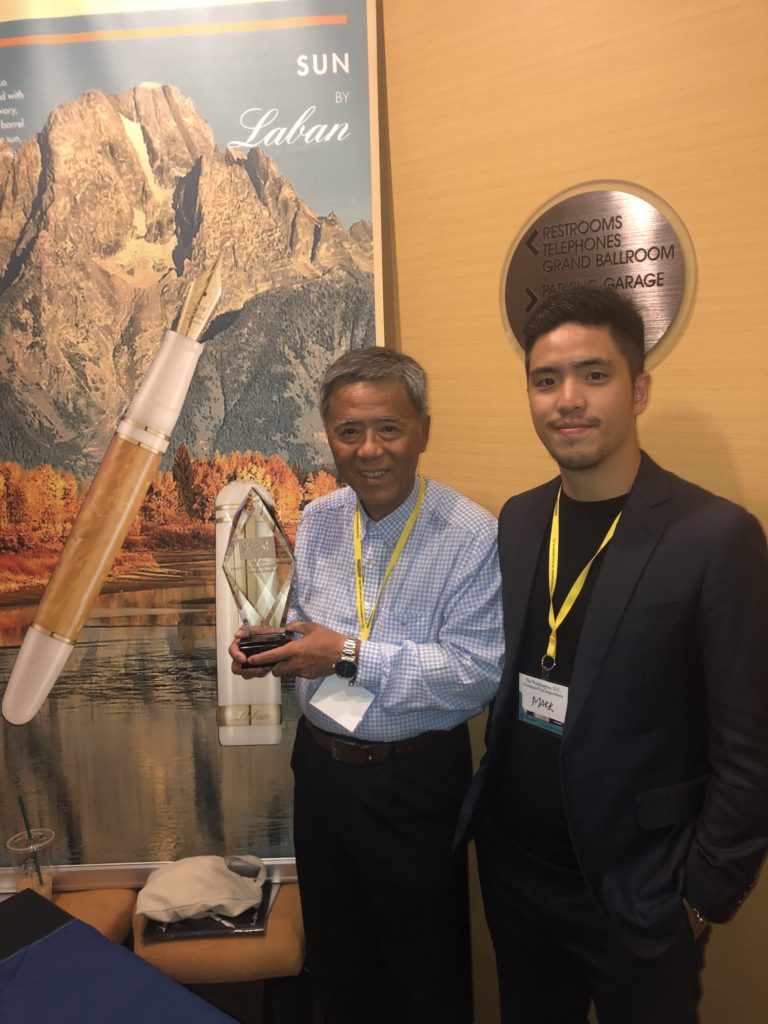
Inked Happiness: The closest India has come to making her presence felt is AP Limited Editions (though it may not be strictly correct to claim the entity as Indian, through the owner is of Indian Origin), what are your views on their offerings? How many awards have they won over the years? What sets them apart?
Nicky Pessaroff, Editor, Pen World : I’ve been writing about AP Limited Edition writing instruments since 2008. Anuj and Smita Poddar do such interesting things with traditional lacquering techniques—marrying Russian and Japanese lacquer art in a single pen, using maki-e to create abstract designs. Above all, each pen tells a story, and Anuj and Smita are gifted storytellers. Their own story is fascinating as well and truly global, quite emblematic of the current state of production and creation.
AP Limited Editions has won two awards, including a 2016 “Pen of the Year” award for its Tree of Life limited edition fountain pen. The brand has had numerous nominations through the years, including 2020.
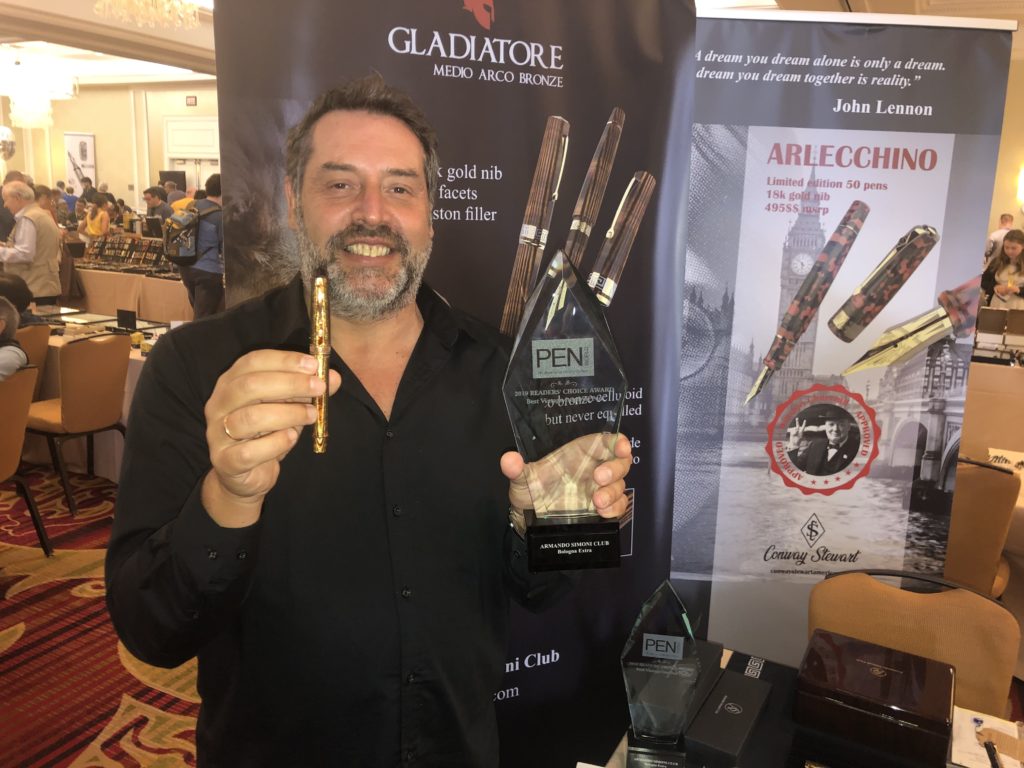
Inked Happiness: Why can’t the other fountain pen manufacturers in India do what AP Limited Editions is doing consistently?
Nicky Pessaroff, Editor, Pen World : There’s no reason why other brands can’t mimic the success of AP Limited Editions. “Consistency” is the key word, in fact: create a high-performing product and a marketing message that is easy to understand and personal to your creations, and already you have a path toward success. Be tenacious. Offer something no one else does. Show how you’re environmentally aware—that’s emerging as a very important point to customers these days. Pay attention to the writing quality, because if your pen is not reliable, it doesn’t matter how pretty it is. Sell your wares through online and brick-and-mortar shops, not Amazon. And of course and above all, advertise in Pen World!
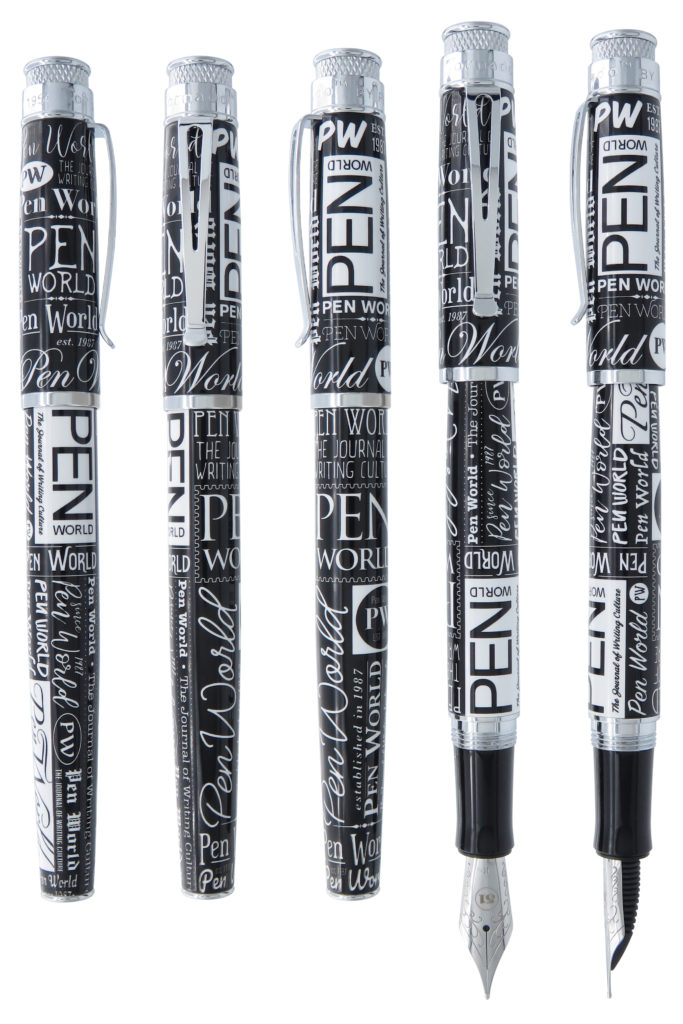
Inked Happiness: What message do you have for us, lovers of fountain pens in India?
Nicky Pessaroff, Editor, Pen World : Tout the long heritage of pen making in India! Educate us Westerners! I’m seeing a lot of organizing going on in India: new pen shows, new blogs, lots of news coverage. My daily Google Alert is filled with pen happenings in South Asia, so whatever is already going on there, it’s working.
Also, know that Pen World is for you, lovers of all things handwritten. Our international subscriptions—both digital and paper—are very fairly priced, and we’re seeing a global subscriber base growing throughout Asia, the Middle East, and South America. As our subscriber base grows internationally, so too will our international coverage. You can find more information on subscribing at penworld.com.
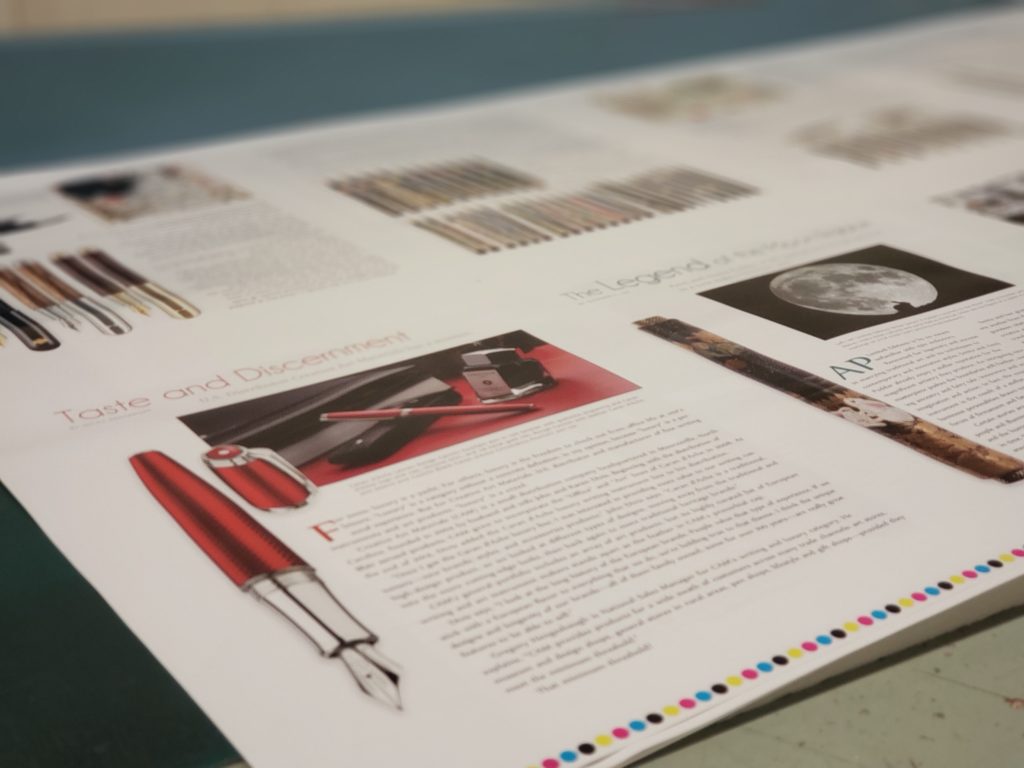
Inked Happiness: Anything that you would like to communicate to our readers.
Nicky Pessaroff, Editor, Pen World : I’d just like to thank Indian pen collectors for their passion. Like all pen collectors, you enrich the community with your presence. The cultural relationship between the United States and India is such a special one, and that certainly holds true in the pen collecting community. I sincerely hope that PW can help bring us even closer together, especially during these days when we must all stay far apart physically.
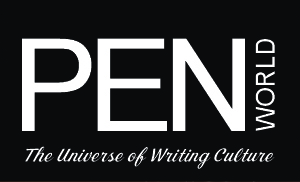
For More information: https://penworld.com
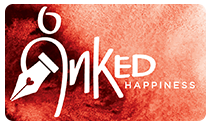
Sounds really fun sir. Pen World really is that great. Love their stuff. Great to see an article about them. Well written post sir.